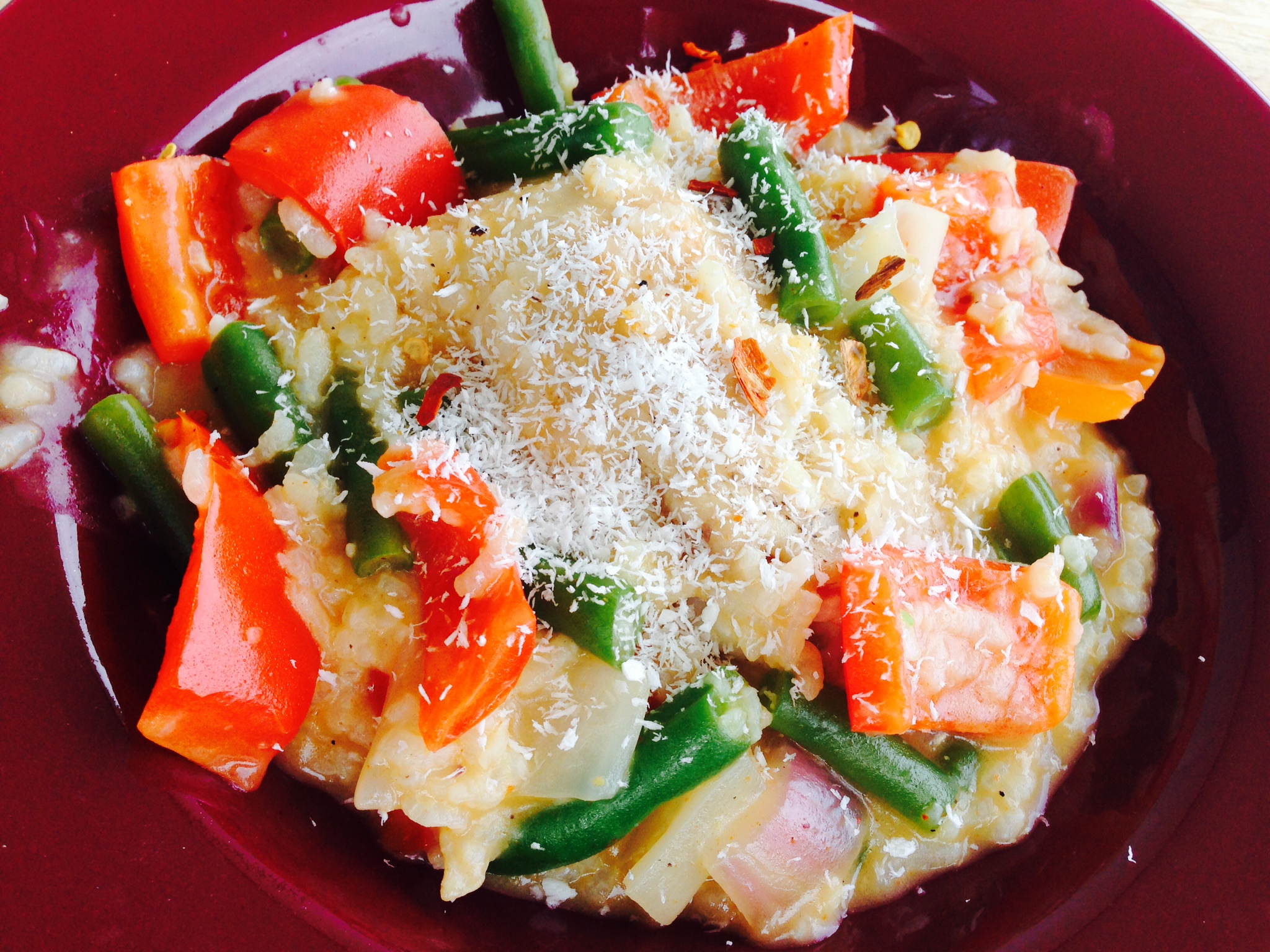Next time you have a great meal notice whether the 5 essential flavors are present. I find my meals more satisfying and I don’t crave more food, or sweet treats after if there is a balance of these five flavors plus fat. Sweet does a great job of giving a savory dish more depth, just like salt. Both salty and sweet tastes signal an intake of calories to our brain. If a dish seems too sweet, sour ingredients like lemon and vinegar will neutralize the sweetness. Fruits and root vegetables are good naturally sweet whole foods to include in your meals.
Bitter is a flavor many are not too fond of, but bitter foods are really good for us. It’s the compounds within the bitter foods that make them healthy like carotenoids in sweet potatoes and spinach, flavonoids in cranberries, and polyphenols in wine. Other bitter foods to incorporate are broccoli, kale, and Brussels sprouts.
Salty brings out subtle flavors you’d like to highlight and also diminishes flavors that are too bitter. Salty foods you may consider are soy sauce, miso paste, cured meats, olives, or cheese.
Sour is another flavor that tends to be hard to swallow, but just a small amount of lime or vinegar can brighten up a dish. Don’t confuse sour with bitter; the main difference is that sour is acidic. It generally doesn’t take much of a sour food to take a dish that is fairly bland and produce great flavor. Consider cultured dairy products, kimchi, sauerkraut, lemon, lime and vinegar.
Unami is the hardest flavor to describe. The word translates to mean “savoriness” and is often associated with meaty flavors and foods that are aged or cured. A seared red meat dish already has a unami quality, but if you are looking to make a vegetarian dish, or less flavorful chicken or fish dish more savory try soy sauce, fish sauce, miso paste, dried seaweed, beef or bone broth, parmesan, anchovies, tomatoes or mushrooms.
And what about fat? Although not on the list I feel fat should be another flavor or taste we should think about for food combining.
Take a look at the salad in my picture. I’ll put this together and have if for at least 3 meals, adding different ingredients each day. It’s so easy to pull out of the refrigerator and eat right away after a workout and I can eat a tone of it. So satisfying! I also really enjoy the textures of the shredded vegetables, crunch of the seeds and bursts of flavor from the pomegranate. If pomegranate is not in season I like to substitute grapefruit.
3 heads broccoli = bitter
1 small head cauliflower
2 large carrots = sweet
½ cup sunflower seeds (unsalted)
½ cup pomegranate seed= sour and sweet
½ cup mint
Salt and pepper to taste
With the shred blade and a food processor shred the broccoli, cauliflower and carrots. Place in large bowl and stir in sunflower seeds, pomegranate seeds, chopped mint, and salt and pepper to taste. Do not over salt as the dressing adds salty flavor as well.
Dressing: combine all ingredients and whisk until smooth
¼ cup tahini = Unami (you can sub any natural nut butter)
2 T rice vinegar = sour apple cider vinegar works ok but I like a more subtle vinegar
2 tsp miso= unami and salty
1 T maple syrup or honey= sweet
¼ cup + 1T hot water
Toss dressing into salad.
Other things I may add for additional pleasure on other days: grape tomatoes, cucumber, avocado, shredded chicken, hardboiled egg, or canned tuna.


